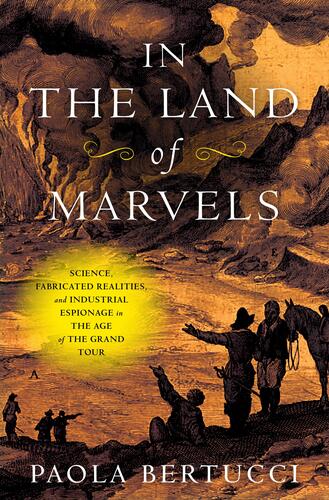
In her new book, Paola Bertucci, Professor of History and History of Science and Medicine in Yale’s Faculty of Arts and Sciences, explains how fictionalized scientific facts can become reality for readers – in the eighteenth century as well as today.
In the middle of the pandemic when the controversy over vaccine safety and fake news was at its height, Paola Bertucci revisited her first book – written in Italian and focused on an 18th century medical controversy – and realized the histories she had uncovered could illuminate the present moment.
“Reading about the debate on vaccines, misinformation, and disinformation brought back to mind the medical controversy at the core of my first book. I realized that I could rework it to highlight the fabrications that both parties involved in the controversy created on the printed page. I wanted to show that the eighteenth-century reading public faced challenges similar to those that we face today when it came to assessing what to believe of all the stories they found on the printed page. I also wanted to show that eighteenth-century scientists used the medium of print to present an enhanced version of themselves and their work. In other words, they cared for the equivalent of today’s digital presence: how they appeared on the printed page,” Bertucci explained.
The controversy centers around the famous French physicist Jean-Antoine Nollet and the relatively unknown Italian scholar Gianfrancesco Pivati, who declared he’d invented a “cure-all” using electrified tubes. Nollet embarked on a journey to Italy to challenge Pivati’s claims in what would be hailed as a “philosophical duel” but was, in fact, something else entirely.
Full article can be found here